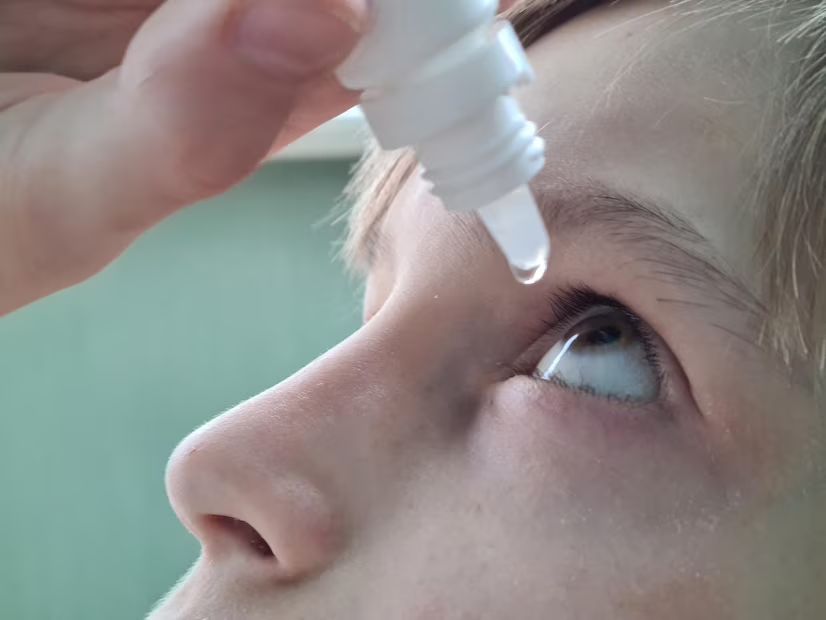A serious eye care product recall has been issued in 2025, affecting millions of consumers across the United States. The FDA and Centers for Disease Control and Prevention (CDC) have confirmed that multiple eye drops and gels sold under various popular brands may be contaminated, leading to serious eye infections, vision damage, and even risk of blindness in extreme cases.
This urgent eye care product recall is a response to bacterial contamination discovered during routine safety testing and reports from hospitals nationwide. brooke bellamy purchased eye care products recently, now is the time to check your medicine cabinet.
What’s Causing the Eye Care Product Recall?
The primary cause of the recall is contamination with Pseudomonas aeruginosa, a drug-resistant bacterium that can cause:
-
Eye redness and irritation
-
Swelling and blurred vision
-
Serious infections like keratitis
-
Permanent vision loss or systemic infection if untreated
Some recalled products also had issues related to improper packaging, preservative failure, or false labeling, all contributing to the elevated risk.
Which Eye Drops and Gels Are Affected?
Here’s a full list of affected products included in the 2025 eye care product recall, based on FDA reports and manufacturer announcements.
Table 1: Recalled Eye Care Products
| Brand Name | Product Type | UPC / Lot Number | Reason for Recall | Sold At |
| EzriCare | Artificial Tears | Lot #AB1234, AC5678 | Bacterial contamination (P. aeruginosa) |
Walmart, Amazon
|
| Delsam Pharma | Eye Ointment | Lot #XY4321 | Sterility concern |
Online retailers, CVS
|
| CVS Health | Lubricating Drops | Lot #C101–C104 | Preservative failure |
CVS stores nationwide
|
| Leader (generic brand) | Moisturizing Gel | Lot #L9001, L9002 | Labeling error | Rite Aid, Kroger |
| Target Up & Up | Redness Relief Drops | Lot #T2025 | Contamination risk | Target locations |
What Are the Health Risks?
Infections caused by the contaminated eye care products range in severity:
-
Mild cases: Redness, itching, watery eyes
-
Moderate: Corneal ulcers, discharge, sensitivity to light
-
Severe: Loss of vision, bloodstream infections (in vulnerable patients)
Over 50 cases have been reported across multiple states, with several patients requiring hospitalization and long-term treatment. The CDC has emphasized that immunocompromised individuals and older adults are especially at risk.
What to Do If You’ve Purchased a Recalled Eye Care Product
If you have used or are currently using any product mentioned in the eye care product recall, take immediate steps to protect your health.
Table 2: Consumer Action Checklist
| Action | Description |
| Stop Using the Product |
Discontinue use immediately—even if you have no symptoms
|
| Check for Symptoms |
Watch for eye redness, blurred vision, or discharge and seek medical attention if needed
|
| Dispose Safely |
Do not flush; follow local guidelines for medication disposal
|
| Contact the Retailer |
Return the product for a refund or speak with customer support
|
| Report to the FDA |
Use the FDA MedWatch portal to report adverse reactions
|
How to Stay Safe Moving Forward
-
Stick to well-known brands with good safety records
-
Avoid purchasing eye drops from unverified online sellers
-
Check packaging for tamper-evident seals
-
Store drops in cool, dry places to preserve sterility
-
Always consult your eye care provider before switching products
Conclusion
The 2025 eye care product recall is a stark reminder of the importance of product safety, especially for sensitive health items like eye drops and ointments. Whether you use these products daily or occasionally, now is the time to double-check your brands, lot numbers, and symptoms.





Leave a Reply